
Did you know about these tips and tricks in EthoVision XT?
Whether you are a seasoned user of EthoVision XT or just starting out. There is always an opportunity to learn more about the best video tracking software available.

What makes Noldus special in measuring behavior?
Why do we write e-books, white papers and even this blog? What drives us in behavioral research? And why choose Noldus?
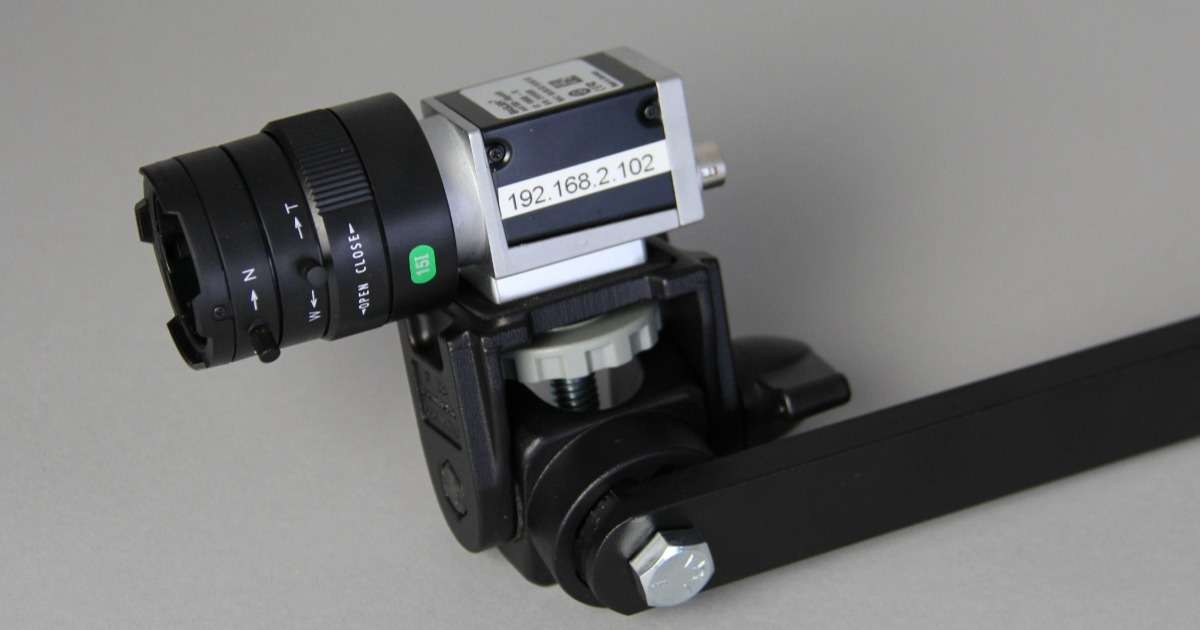
5 reasons that prove why a high-quality camera is essential for video tracking
In animal behavioral research, especially when we're looking at rodents and zebrafish, getting your behavioral analysis right is crucial. Top-notch camera technology therein is a must have.

The Noldus SfN 2023 recap
A quick recap of our SfN 2023. What were some common trends? And what did our trusted customer base most commonly ask for? Find out this and more in this blog!

What can you expect from Noldus at SfN 2023?
Whether you are or aren't going to Neuroscience 2023, we would love to give you a sneak preview of our latest innovations!
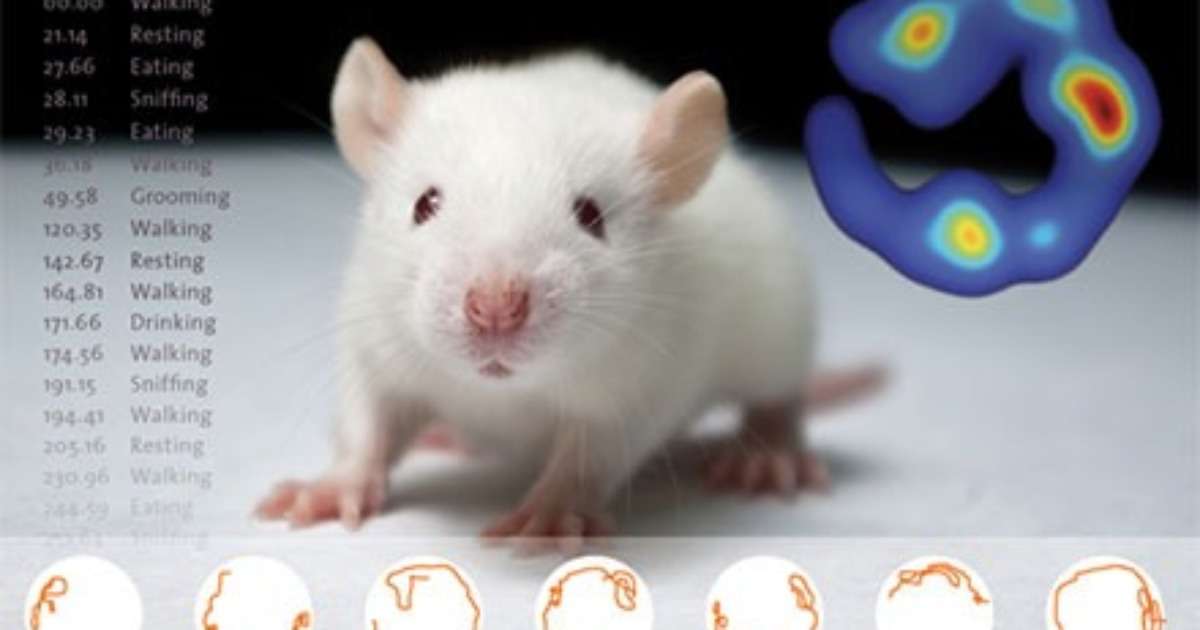
8 reasons why EthoVision XT is the superior video tracking software
Discover the unparalleled efficiency and user-friendliness of EthoVision XT, the superior video tracking platform in behavioral research, offering advanced features and worldwide recognition.
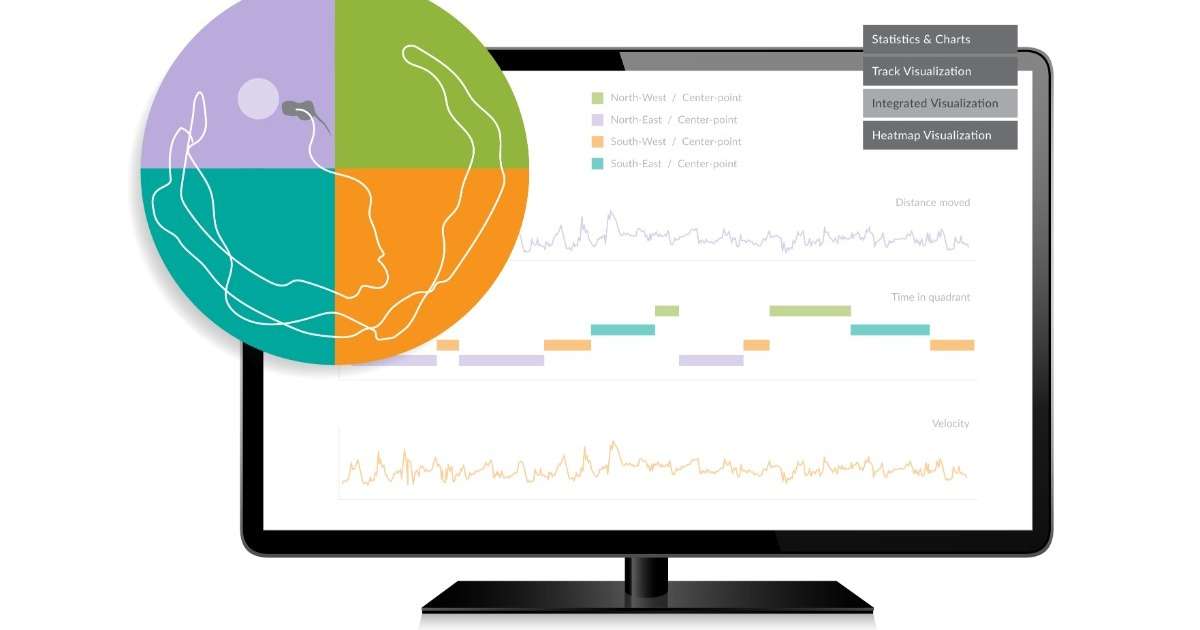
Everything you need to know about EthoVision XT
Over the last 25 years EthoVision XT has evolved from a video tracking software into an advanced, but user friendly, software platform. In this blogpost we tell you everything you need to know about EthoVision XT!
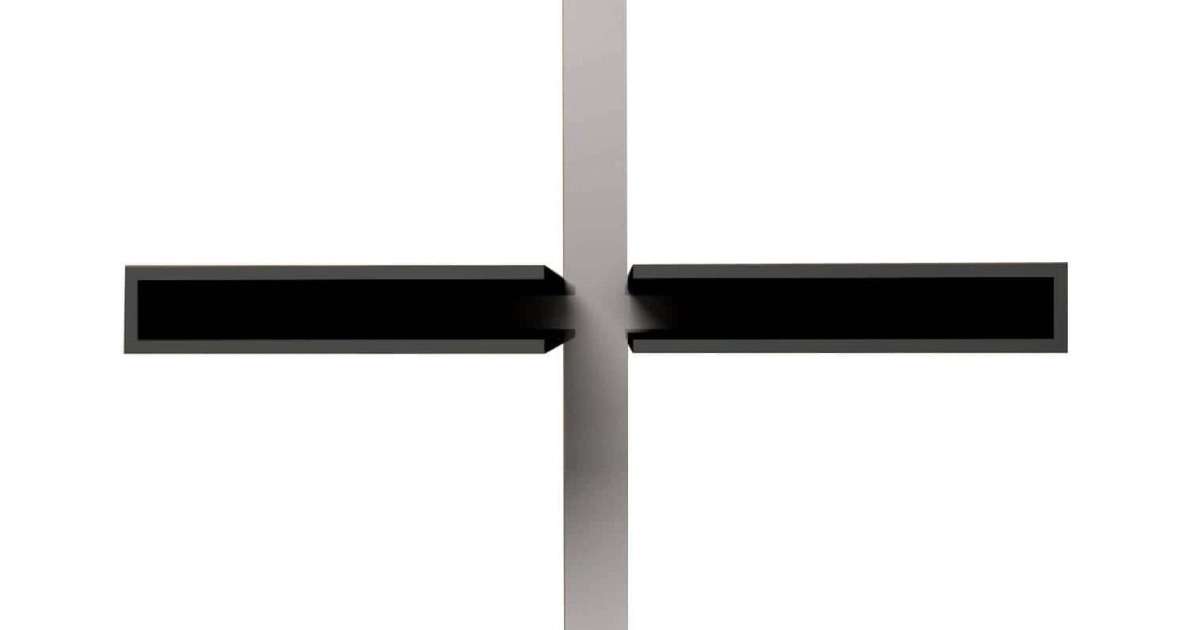
Why you shouldn’t use a black box to measure animal behavior
When studying animal behavior you should avoid using a research software tool that is a black box. What does that mean exactly? It should be easy and user-friendly, but also still flexible.
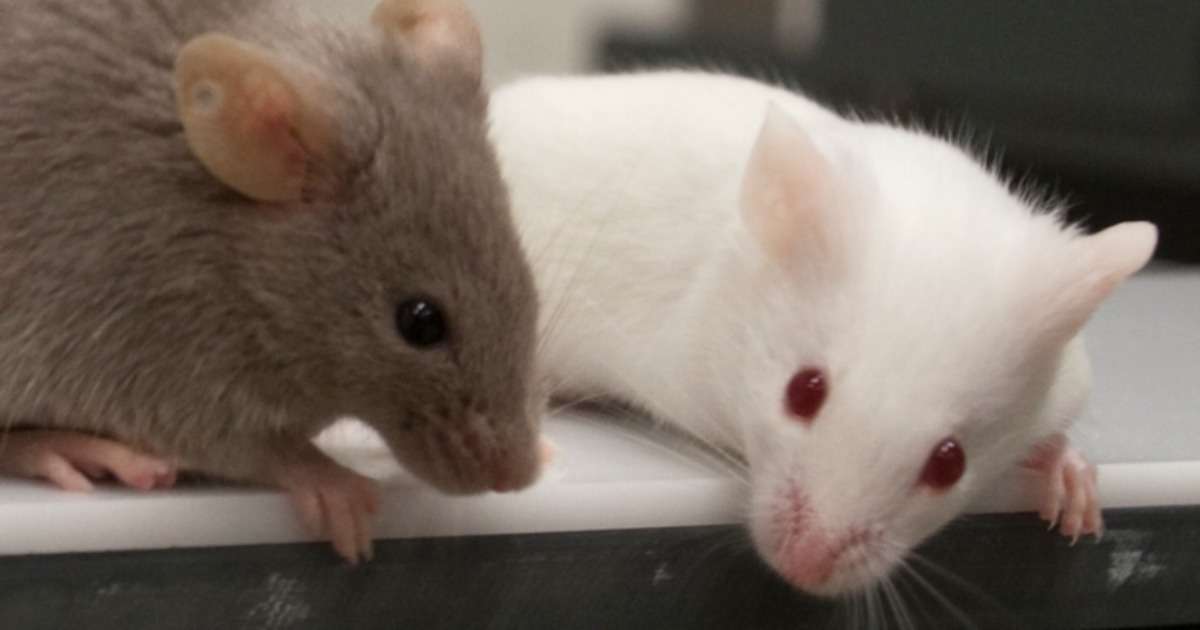
How to analyze different characteristics of olfaction in rodents
Correct analysis of olfaction is crucial for an accurate interpretation of mouse social behavior. Today's guest article describes how to analyze different characteristics with the olfactory habituation/dishabituation test.
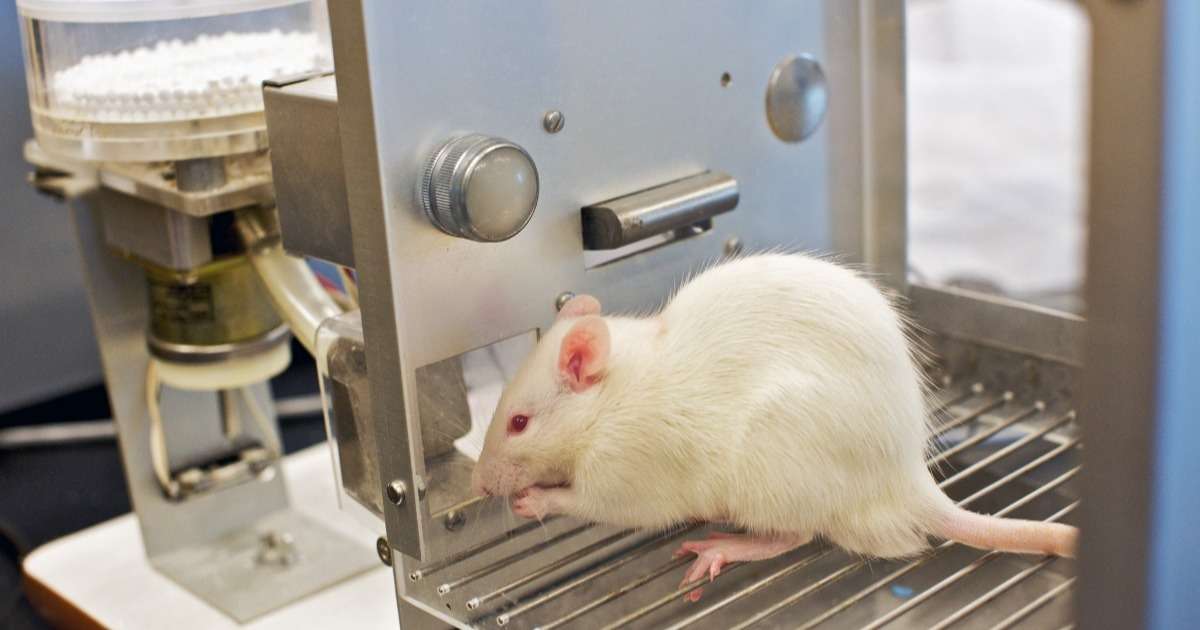
Guest blog: Having a look at operant behavior
Scientists from Idorsia Pharmaceuticals in Switzerland provide an expert view on operant behavior, and how we can improve our understanding of this complex behavior with the help of video tracking.
